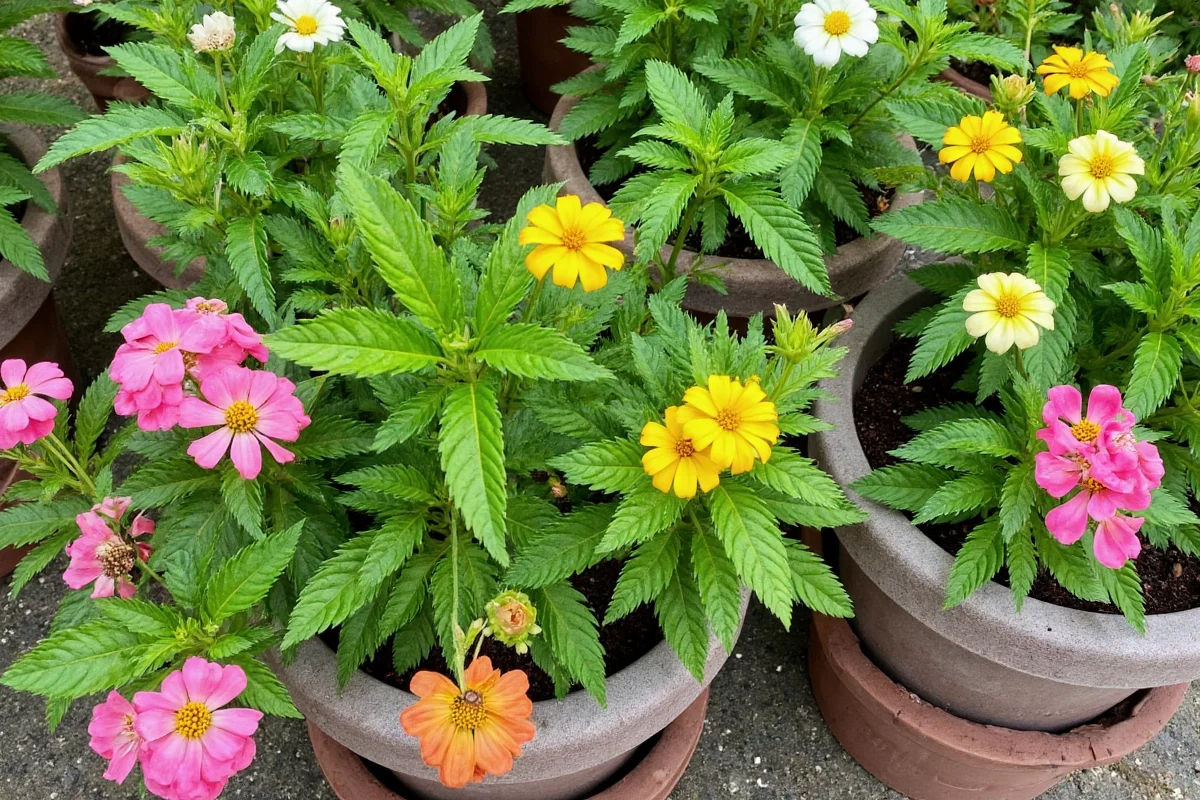Donkey's Tail, scientifically known as Sedum morganianum, is a fascinating succulent with cascading bluish-green leaves that resembles a donkey’s tail. It’s an excellent choice for indoor and outdoor gardening due to its charming appearance and low maintenance requirements. This article will guide you through the essentials of caring for Sedum morganianum, ensuring your plant thrives and adds beauty to your space.
Light and Temperature Requirements
Sedum morganianum prefers bright, indirect sunlight to thrive. When growing indoors, place it near windows where it can receive adequate light, but avoid direct sunlight to prevent leaf scorching. Outdoors, choose a spot that offers partial shade to protect it from the harsh midday sun.- Ensure 4-6 hours of indirect sunlight daily.
- Suitable for USDA zones 9-11.
- Ideal temperature ranges from 60°F to 75°F.
- Avoid temperatures below 40°F.
Watering Guidelines
Donkey's Tail needs a careful watering regime to prevent root rot and other common issues associated with overwatering.- Allow the soil to dry out completely between waterings.
- Reduce watering frequency in winter.
- Use the soak and dry method.
- Avoid water directly on leaves to prevent rot.
Soil and Pot Requirements
The right soil and pot are critical for the health of your Donkey's Tail. It prefers well-draining soil that allows water to escape easily.- Use a cactus or succulent mix for best results.
- Consider adding perlite to improve drainage.
- Choose pots with drainage holes.
- Avoid heavy materials; clay or terracotta are ideal.
Propagation Methods
Sedum morganianum can be easily propagated, allowing you to expand your collection or share with friends.- Leaf cuttings can be used for propagation.
- Stem cuttings also produce good results.
- Allow cuttings to dry before planting to prevent rot.
- Use a sandy mix with good drainage.
Pest and Disease Management
Although hardy, Donkey's Tail is not completely immune to pests and diseases. Knowing how to handle these can keep your plant healthy.- Watch for mealybugs and aphids.
- Use insecticidal soap for infestations.
- Monitor for root rot due to overwatering.
- Maintain clean pots and tools to prevent disease.
In conclusion, Donkey's Tail is an attractive and resilient plant that enriches your garden with its unique appearance. By understanding its needs for light, water, soil, propagation, and pest management, you can enjoy its beauty without much hassle. Its adaptability makes it a rewarding plant for both experienced gardeners and beginners alike.











 浙公网安备
33010002000092号
浙公网安备
33010002000092号 浙B2-20120091-4
浙B2-20120091-4